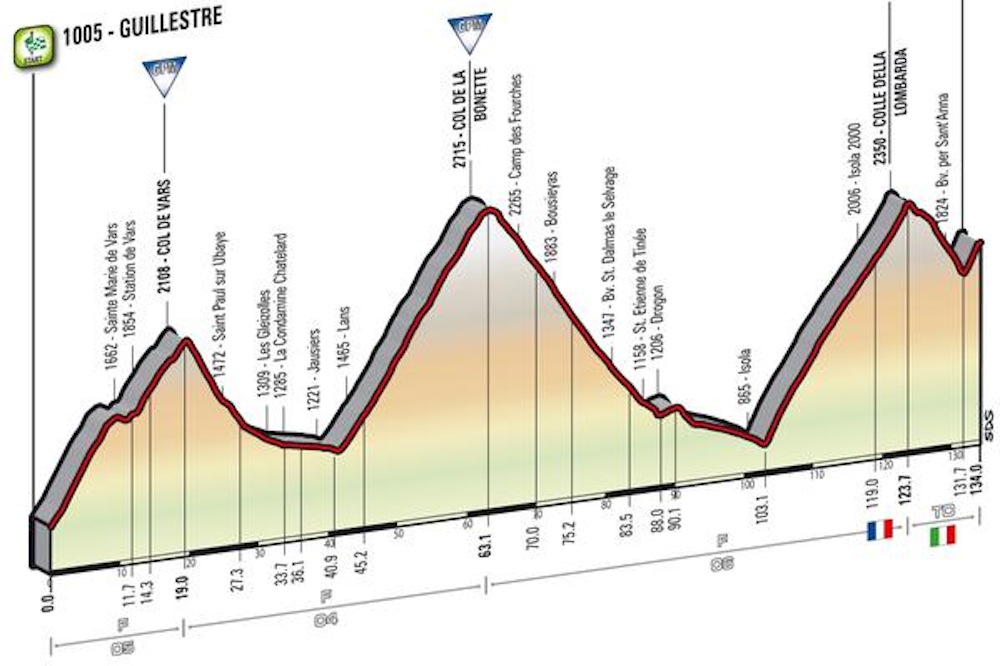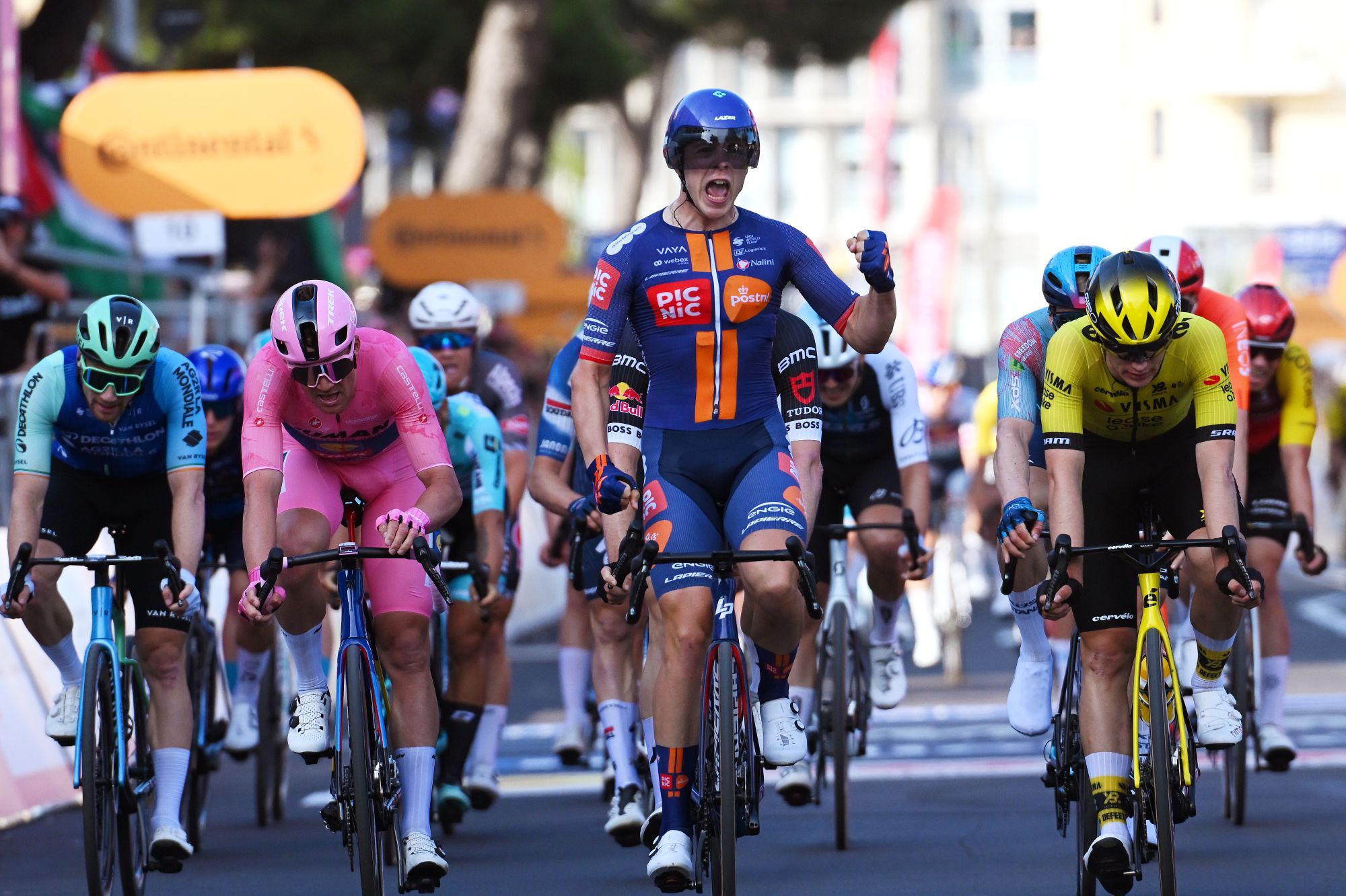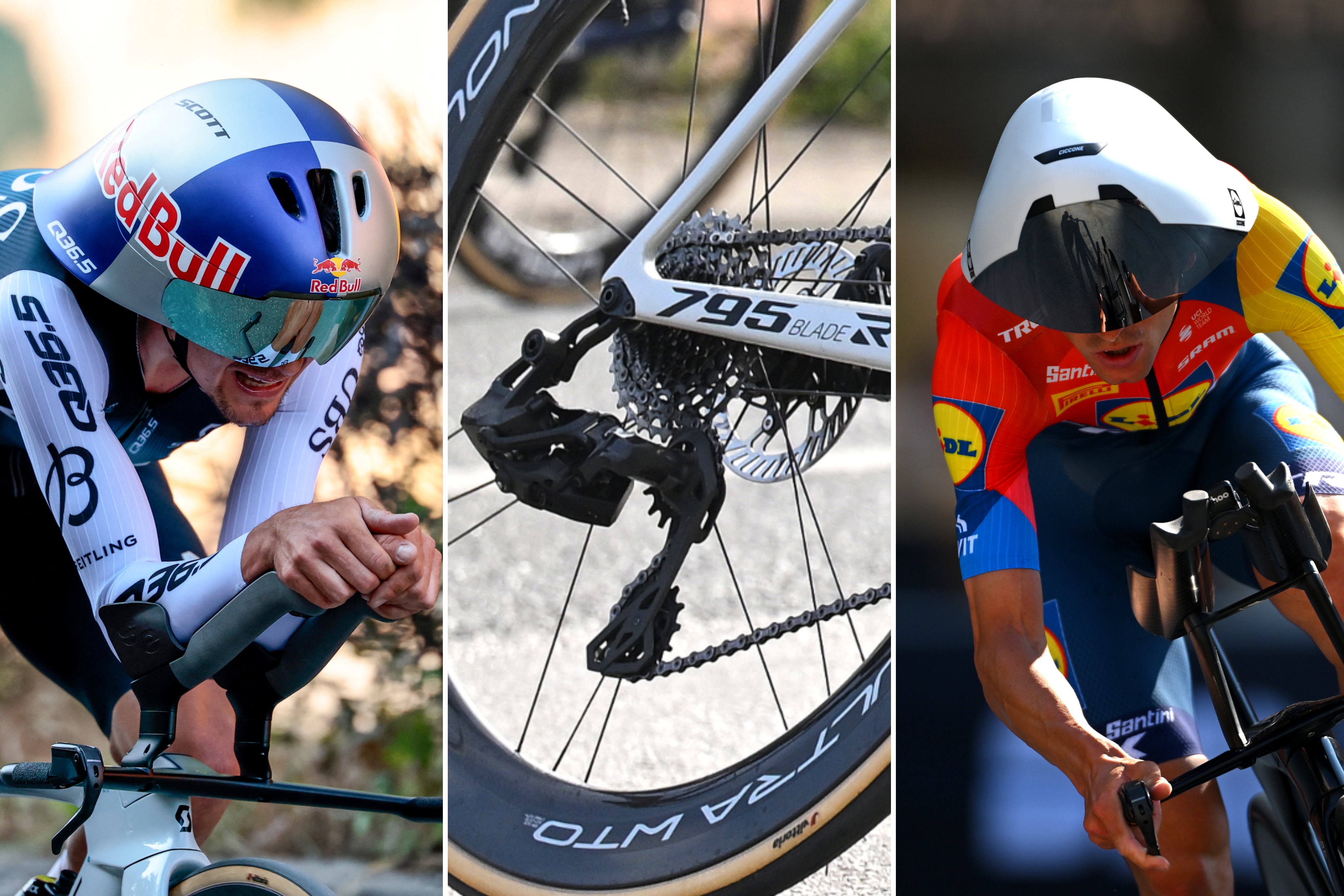These three Giro d'Italia 2016 stages look particularly brutal
The Giro d'Italia features ten climbs that reach over 2000m of altitude and nine of them come in just three stages

The Giro d'Italia organisers are well known for designing unrelenting mountain stages, such is the topography on offer across the country, but they seem to have surpassed themselves for the 2016 route.
Three of the final eight stages feature multiple ascents above 2000m in altitude, with the Queen Stage at the end of the second week looking particularly rough for the riders.
Stage 14
Not only is the route phenomenally long, at 210km - longer than all but one stage at the 2015 Tour de France - but there's also a staggering six categorised climbs. And it's at altitude. And there's no rest day at the end of it.
All in all it's pretty horrendous to look at, let alone ride. Five of the six climbs go above 2000m in altitude, so the air will be pretty thin up there and in May there's absolutely no guarantee that the roads will be clear of snow.
>>> Pictures of pain: Riders suffer up the Vuelta a España’s brutal climbs
It's not entirely clear by looking at the profile just where the first climb - the Passo Pordoi - actually starts, but the riders will be cycling uphill from kilometre 23 to the summit at kilometre 95. Apart from the first 14km there doesn't appear to be a metre of flat road in the whole route.
Eugh.
Get The Leadout Newsletter
The latest race content, interviews, features, reviews and expert buying guides, direct to your inbox!
Things don't get much flatter in the third week, but the big mountains in the final stages are saved for last.
Stage 19
Much like stage 14, there doesn't appear to be much flat ground on the stage 19 route as the race passes into France via the Colle dell'Agnello.
It's the first time the Giro has gone up the Agnello since 2007, when the wonderfully named Yoann Le Boulanger led at the summit, and the riders will probably be hoping it takes another nine-year break after this edition.
>>> Riders forced to push their bikes up Tour of the Basque Country climb
From the start in Pinerolo there's about 38km of rolling terrain before the ludicrous climb begins, with the lucky participants riding uphill for the next 65km. Once down the other side they've got the climb up to Risoul, which at seven per cent over 14.3km will be no easy finish.
Stage 20
The following day the riders make their way back to France, but not before they've climbed the Col de Vars, the Col de la Bonette and the Colle della Lombarda - each over 2000m.
The Bonette has the notoriety of being the highest paved road in Europe, but with riders using the pass, not ascending to the very top, the Cima Coppi (for the highest point on the race) remains in Italy (just) at the top of the Colle dell'Agnello.
>>> How to master a long climb
Riders will be probably be on the turbo trainers all night to keep warm for the brutal start to the stage - it's uphill right from the gun up the first mountain. The huge descent from the Bonette leads them right to the foot of the Lombarda.
Overall it's 134km of pure joy, but only for the spectators I imagine...and whoever wins...and the person crowned the virtual Giro champion at the end. All the others will probably be cursing the organisers.

Thank you for reading 20 articles this month* Join now for unlimited access
Enjoy your first month for just £1 / $1 / €1
*Read 5 free articles per month without a subscription

Join now for unlimited access
Try first month for just £1 / $1 / €1
Stuart Clarke is a News Associates trained journalist who has worked for the likes of the British Olympic Associate, British Rowing and the England and Wales Cricket Board, and of course Cycling Weekly. His work at Cycling Weekly has focused upon professional racing, following the World Tour races and its characters.
-
 Casper van Uden sprints to victory in unusual TT helmet on Giro d'Italia stage 4
Casper van Uden sprints to victory in unusual TT helmet on Giro d'Italia stage 4Dutchman beats Olav Kooij and Mads Pedersen in bunch kick in Lecce
-
 Unmarked helmets, a new Campagnolo groupset, and fresh kit: Five of the best tech finds from the Giro d'Italia 2025
Unmarked helmets, a new Campagnolo groupset, and fresh kit: Five of the best tech finds from the Giro d'Italia 2025There's new equipment on display at the first men's Grand Tour of the year